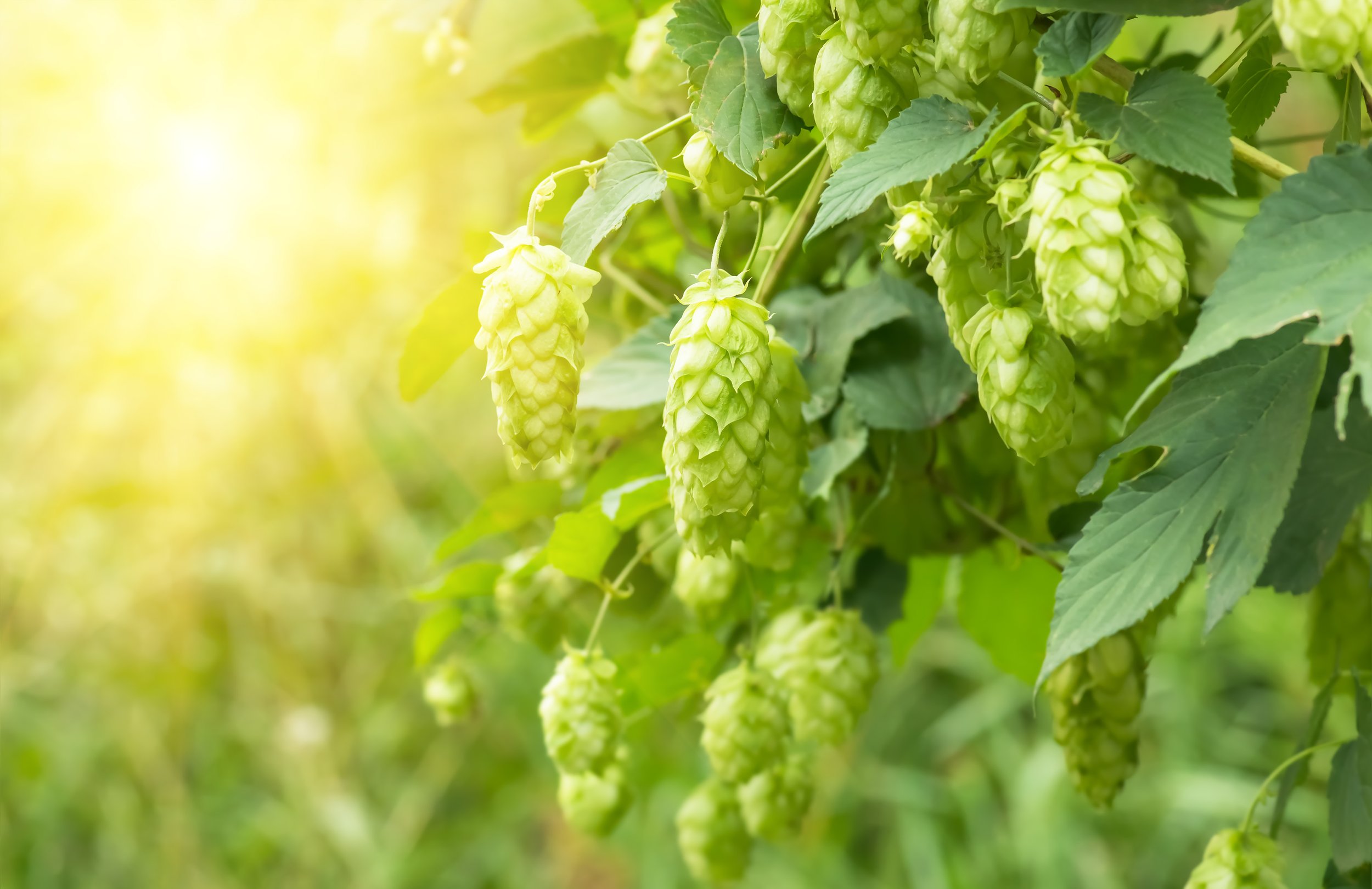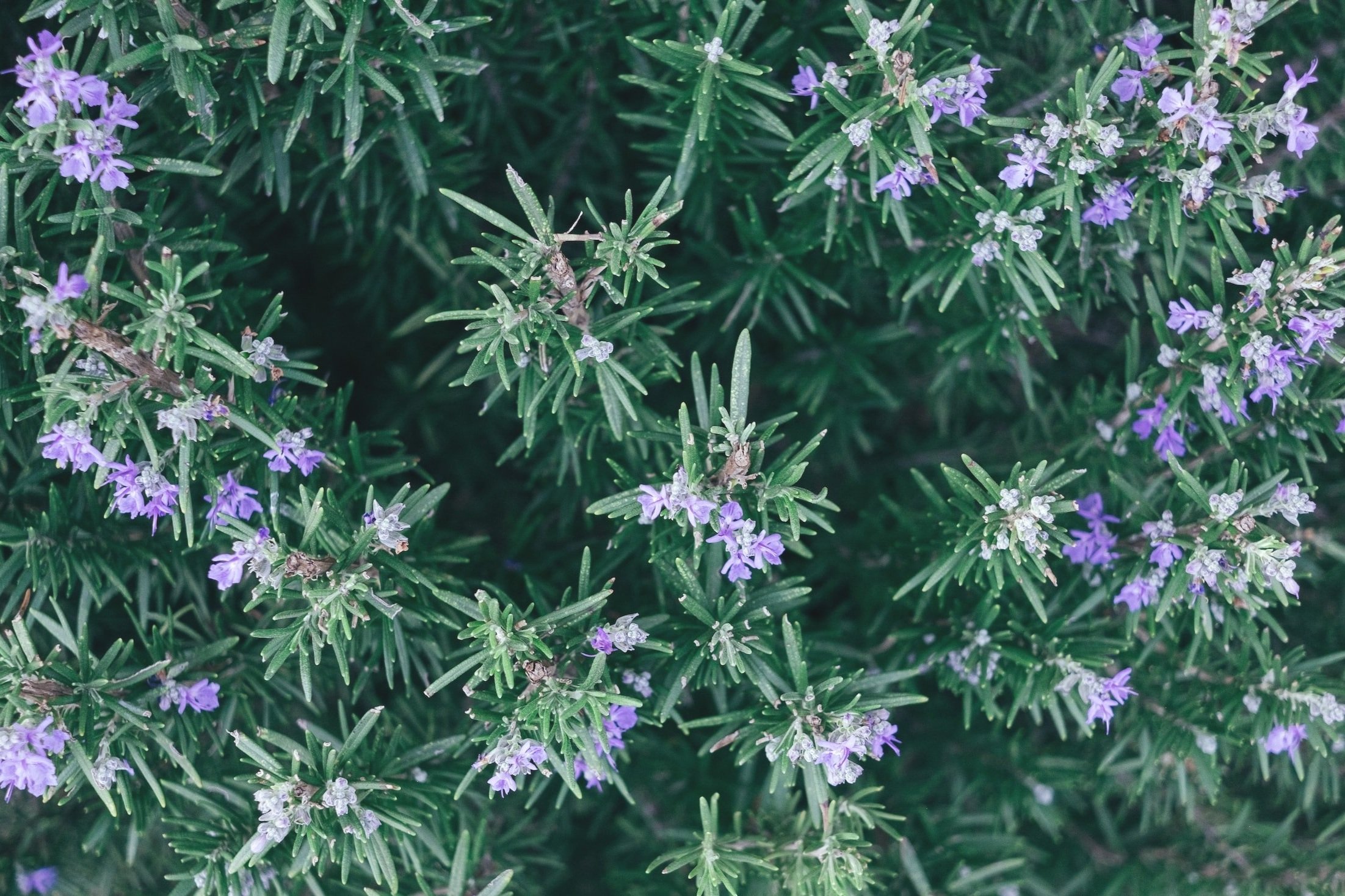extraction through natural scent evaporation, as nature intended.
Evaporative Extraction™ uses high velocity air to evaporate volatile aromatics from woods and plants to produce intensely aromatic flavor ingredients that are a perfect copy of the original aroma source.
“In the last 50 years, only two fundamentally new extraction technologies have been invented - CO2 extraction and Evaporative Extraction.”
- Bob Weinstein, President of Robertet Ingredients.
(Robertet is a $3 billion French fragrance and flavors company that is an industry leader in sustainable, natural ingredients.)
Everything we smell can be attributed to the evaporation of volatile aromatic compounds into the air we breathe.
When we smell a rose, we are not actually smelling the rose – we are smelling volatile aromatic molecules that evaporated from the rose. No part of the rose is entering our nose.
The same goes for smelling a glass of whiskey. We are not smelling the whiskey – we are smelling volatile whiskey aromatics that evaporated into the air above our glass.
While this may seem apparent, it is a critically and mostly overlooked distinction that makes all the difference when engineering a method of extraction.
Evaporative Extraction is the only technology that leverages the same fundamental scent evaporation principals that allow us to smell the world around us.
When volatile aromatics evaporate from an aroma source, they enter the air in specific relative ratios and proportions. These relative proportions are the true representation of the original aroma source – and are the only way that noses perceive the smell of an aroma source.
Based on this fundamental understanding, one would conclude that the best way to extract aromatics should involve evaporation, but surprisingly – conventional extraction methods do not leverage evaporation.

“Evaporative Extraction captures aroma compounds in the same relative proportions as the source, enabling aroma inclusions with remarkable authenticity - a near perfect copy of the original.”
- Ian Ward, Founder and former President of Brewers Supply Group, North America’s largest supplier of beer, wine, and spirits ingredients.
Conventional extraction methods alter the relative aromatic proportions of the original aromatic source and can introduce adulterants
Conventional methods of extraction employ various solvents ranging from water to hydrocarbons or use supercritical CO2 or steam distillation. All such methods result in disproportionate replications of the original aromatics that evaporate from the source material.
Solvent and CO2 methods extract greater amounts of some aromatic compounds, while extracting very little to none of others. This alters the relative proportions of the aromatics, resulting in a disproportionate and incomplete replication of the original aroma source. Steam distillation can take several hours to boil aromatics from source materials. This can produce undesirable soup-like aromas and adulterants that were not originally present in the original source material.
Evaporative Extraction uses air, not solvents. Evaporative Extraction extracts in seconds, not hours.
Evaporative Extraction™ uses high-velocity air to evaporate volatile aromatics from woods and plants and then rapidly captures the evaporated compounds to produce highly-aromatic flavor ingredients.
The entire Evaporative Extraction™ process takes approximately two seconds to complete. It is especially gentle on fragile molecules, while at the same time extracting more hard-to-reach aromatic compounds than can be accessed by other methods.
Proven commercial technology, internationally protected with 68 granted and pending patents
Evaporative extraction has been used commercially to produce essential oil from more than 54 tons of premium wood and herbal products, including oak, sandalwood, hops, hemp, orris root, cardamom, tonka beans, basil, nutmeg, and dozens of other pods, seeds, rhizomes, and woods. It has been shown to excel with the extraction of hard-to-reach terpenes and volatile aromatic components that are typically locked deep within plant material and not easily liberated by solvents.

Differentiate your business. Redirect market share from any competitor.
Application-specific licenses available.
Perfectly replicate the original aroma source by harnessing the power of natural scent evaporation.
Produce more extract with less input material.
Use a fraction of the power.
Eliminate hazardous waste streams.
USDA Organic-certified for multiple herbal products.
68 global patents granted and pending.



